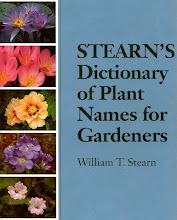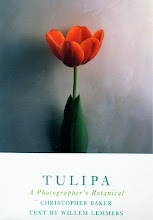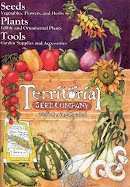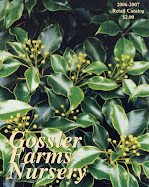Prairie Garden
Red & Yellow Garden
Chinese Garden
Why a Theme Garden? You may wonder whether a garden really needs a theme. It’s hard for me to believe that any garden doesn’t have a theme, though it may be as simple as: Plants People Gave Me. Plants I Like is always a good theme. But what if you’re not sure which plants you really like? Or perhaps you like so many plants, that you don’t know where to begin. This is where a designated theme simplifies your garden planning. Now you can research plants that fit your theme. Or you can choose among the plants you already know that suit your theme. Choose a theme that works with your site. If your site is moist & shaded, don’t choose a dryland theme, choose a theme of plants from woodland regions. Color is often used as a theme. Pink flowers is an easy theme, there are many of them. Gray is a good theme for a dry, sunny site. Many plants adapted to dry sun have gray foliage. Gray & blue together can achieve a theme of tranquility. Plants with large leaves suggest a tropical theme. A theme may also be plants from a geographic region. Pacific Northwest native plants is a popular theme in parks & public gardens in Seattle. When you travel to Italy, you may return with the desire for a garden of Mediterranean plants, or a formal Italian garden. There are many attempts at Japanese gardens in Seattle back yards. Themes may also correspond to seasons, such as a theme of winter-blooming plants, or plants with colorful fall foliage. Not every plant in your garden needs to be in step with the theme. Use plants that complement your theme, as well.




















































































